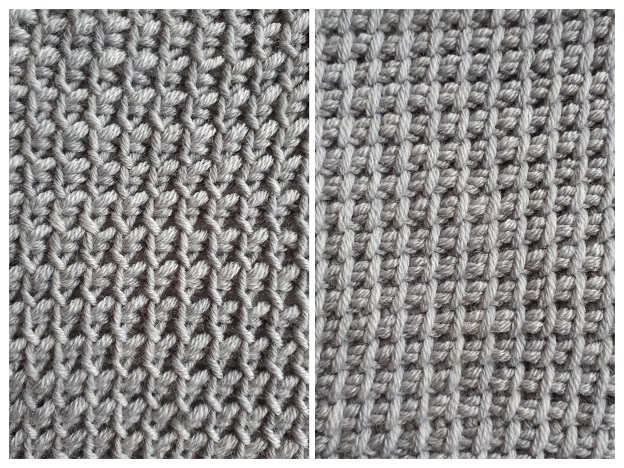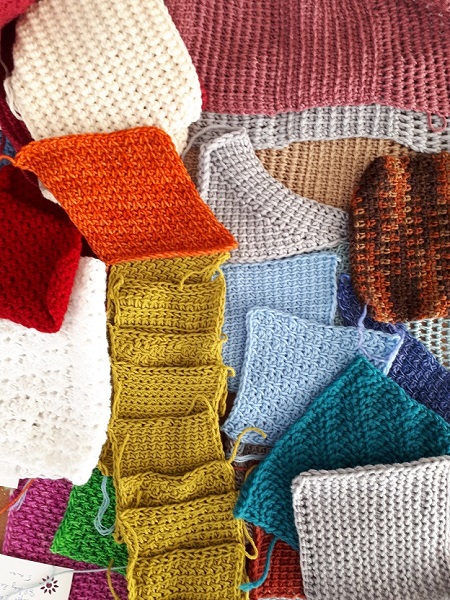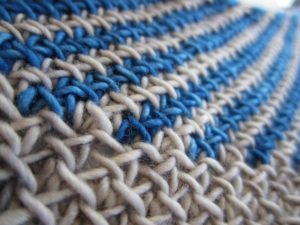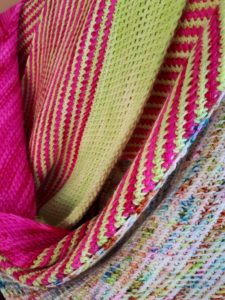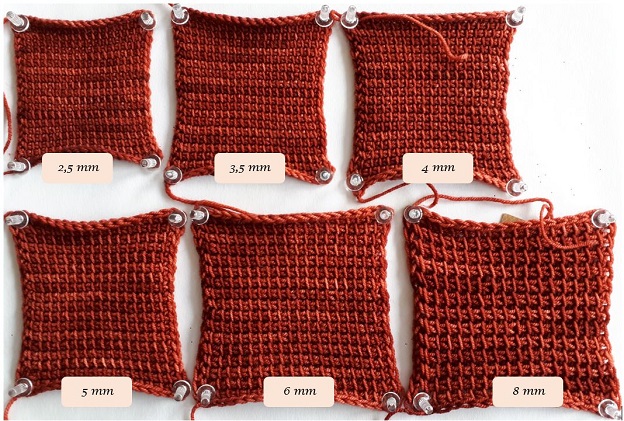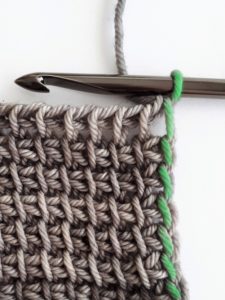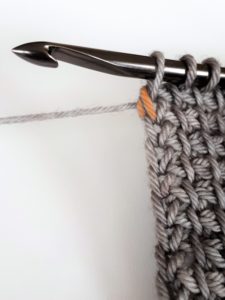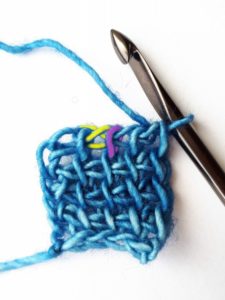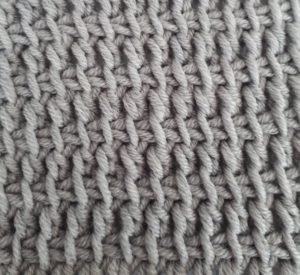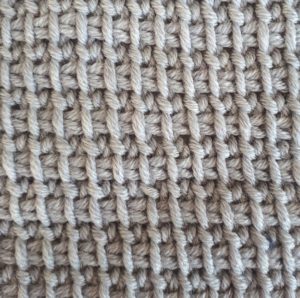Today I added a big chunk to the documentation on my blog: one page about different types of foundation rows and cast on techniques.
You’ll probably ask yourself: what does it have to do with Tunisian crochet? My aim is to show that you don’t have to start your Tunisian crochet project with chains. This is what you’ll see everywhere in books and on internet, but you have other options.
I could have made a simple list of foundation slip stitch, single crochet, half double crochet and double crochet. But since there is a cruel lack of documentation on this matter (especially in French), I have made a series of videos (in French) on my YouTube channel about it. I try to show the logic behind the making of each foundation row.
I’m not saying a technique is better than another. The whole point is to have several techniques that you can choose from depending on your needs and the kind of project you plan to make. Keep in mind that these foundation rows are not interchangeable, you cannot simply use one instead of another in any pattern. Up to you to see what you like.
At the end of the page I share a stretchy foundationless Tunisian crochet cast on technique that I devised. It’s a variation from a foundation row. I said earlier that you don’t have to start a Tunisian crochet project with chains. Actually you don’t have to start with a foundation row in which you’ll pick up loops. There are methods to keep loops on your hook right from the start. After all, this is what you are looking for, adding loops on your hook to make your first row. So look into knitting techniques (I have not made any list of knitting techniques, but they are legions). Try and play around with the different foundation rows I present on my site. And draw your own conclusions about it.
So, tell me, what are the techniques you use most? Do you know other techniques than the one I mention today? What have you experimented in this matter and what are your conclusions?

